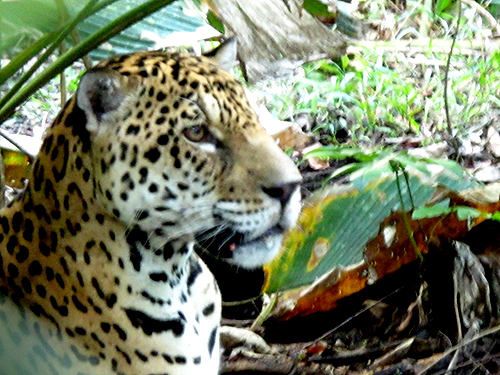Steve Beyer
A number of artists have attempted to render the striking visual experiences that occur after ingesting ayahuasca or DMT. In the Upper Amazon, there are both indigenous artists, whose traditional work consists largely of abstract patterns, such as those found on the now well-known pottery, clothing, and other household goods of the Shipibo; and visionary artists, mostly mestizo, whose work is characterized by detailed representations of spirits, trees, animals, objects, and participants in ayahuasca healing ceremonies. These latter works fall almost paradigmatically within what has now come to be called outsider art, sometimes naïve art, and sometimes visionary art — direct, intense, content-laden, narrative, enormously detailed, personal, idiosyncratic, two-dimensional, and brightly colored.


